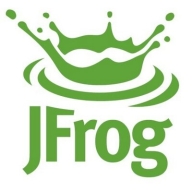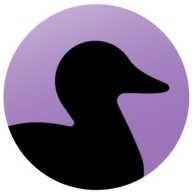

Find out what your peers are saying about Black Duck, Snyk, Veracode and others in Software Composition Analysis (SCA).
| Product | Market Share (%) |
|---|---|
| JFrog Xray | 10.3% |
| Synopsys Software Risk Manager | 0.7% |
| Other | 89.0% |


| Company Size | Count |
|---|---|
| Small Business | 1 |
| Midsize Enterprise | 2 |
| Large Enterprise | 6 |
JFrog is on a mission to enable continuous updates through Liquid Software, empowering developers to code high-quality applications that securely flow to end-users with zero downtime. The world’s top brands such as Amazon, Facebook, Google, Netflix, Uber, VMware, and Spotify are among the 4500 companies that already depend on JFrog to manage binaries for their mission-critical applications. JFrog is a privately-held, global company, and is a proud sponsor of the Cloud Native Computing Foundation [CNCF].
If you are a team player and you care and you play to WIN, we have just the job you're looking for.
As we say at JFrog: "Once You Leap Forward You Won't Go Back!"
Software Risk Manager is an application security posture management (ASPM) solution that enables security and development teams to manage their application security programs at enterprise scale. By unifying policy, test orchestration, correlation, prioritization, and built-in static application security testing (SAST) and software composition analysis (SCA) engines, organizations can streamline their security activities across the enterprise.
We monitor all Software Composition Analysis (SCA) reviews to prevent fraudulent reviews and keep review quality high. We do not post reviews by company employees or direct competitors. We validate each review for authenticity via cross-reference with LinkedIn, and personal follow-up with the reviewer when necessary.